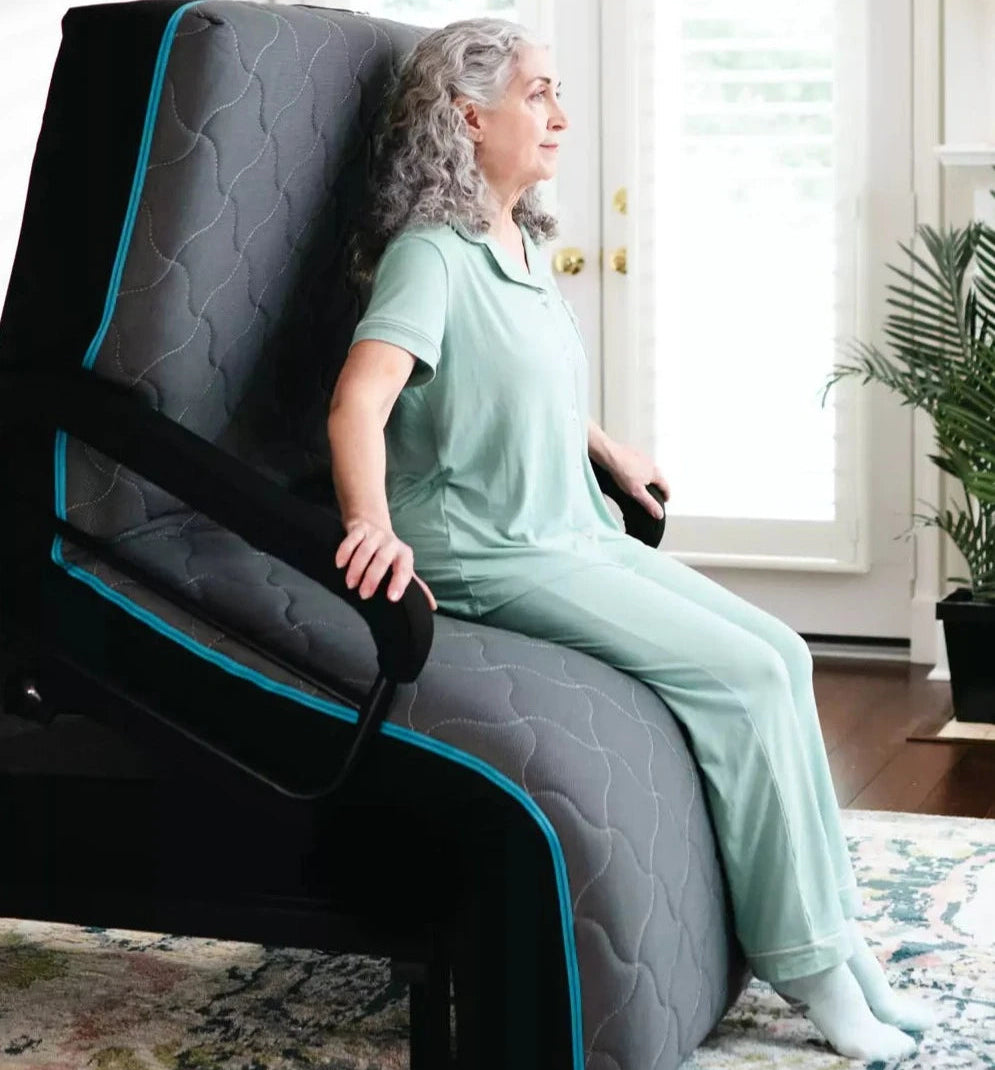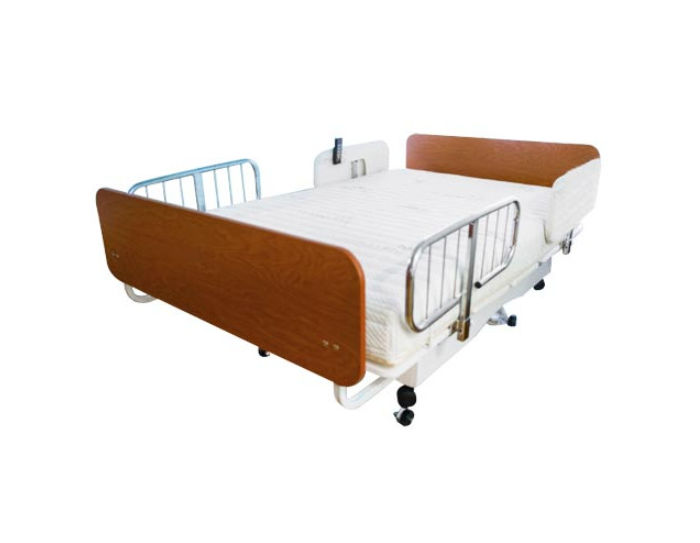Rumored Buzz on Hospital Beds For Home Use
Rumored Buzz on Hospital Beds For Home Use
Blog Article
The smart Trick of Hospital Beds For Home Use That Nobody is Talking About
Table of ContentsThe Hospital Beds For Home Use IdeasThe Buzz on Hospital Beds For Home UseEverything about Hospital Beds For Home UseThe Single Strategy To Use For Hospital Beds For Home UseThe Best Guide To Hospital Beds For Home UseEverything about Hospital Beds For Home UseThe Main Principles Of Hospital Beds For Home Use
There are 3 primary kinds of medical facility beds: handbook, semi-electric, and fully-electric. Even more kinds of medical beds exist and they are detailed below. These beds utilize hand cranks to change the bed's elevation and elevate and lower the head and the foot. Hand cranks are usually found at the foot of the bed and call for an individual that is physically with the ability of operating.
Semi-electric beds have an electrical motor to increase and decrease the head and foot portions of the bed (hospital beds for home use). Full-electric beds have an electric motor that can elevate the head and foot areas of the bed as well as the whole height and positioning of the bed.
The Only Guide to Hospital Beds For Home Use
There are several types of health center beds, each created to satisfy particular person needs. Below are some typical kinds: This is the most common type of hospital bed, designed for basic clinical usage.
Reduced to the ground than a conventional bed. This kind of bed is developed for bigger patients, with a bigger frame and greater weight ability than a conventional bed.
This kind of bed is made for seriously unwell people that need open monitoring and specialized clinical devices such as ventilators and infusion pumps. This kind of bed is made for usage during labor and distribution, with flexible placements and functions to sustain the mom and baby during the birth procedure.
What Does Hospital Beds For Home Use Mean?
Numerous function and the devices execute increasing traction to various components of the vertebra and the extremities without relocating the body. These are just a couple of examples of the kinds of healthcare facility beds available. The particular sort of bed utilized will rely on the individual's condition, medical demands, and other elements.
Right here is things you need to know. A one-function health center bed is a medical bed that permits a patient to relocate just the head or foot section up or down. A 2 function hospital bed usually refers to a type of medical bed that has two flexible features to aid individuals in hospitals or care facilities.

Rumored Buzz on Hospital Beds For Home Use
A 7-function ICU bed is a type of clinical bed that offers several flexible features to support critically ill clients in a critical care unit (ICU) (hospital beds for home use). The seven features typically include: Back-rest adjustment: The backrest can be gotten used to different angles to assist the individual sit up or lie down conveniently
Elevation modification: The bed can be elevated or lowered to make it less complicated for individuals to enter have a peek at this website and out of bed, and for caretakers to offer care. Trendelenburg placement: The entire bed can be slanted to promote blood flow and flow in the body. Reverse Trendelenburg setting: The bed can likewise be tilted in the contrary instructions to promote blood circulation and circulation in the upper body.
While even more affordable than electric versions, these beds require physical initiative for adjustments. The major benefits of manual beds are their price and dependability, as they don't depend on electrical useful link power. However, the need for hand-operated effort can be a restriction in situations where fast changes are needed or where caregivers encounter physical difficulties.
The 9-Second Trick For Hospital Beds For Home Use
They are appropriate for clients that need marginal repositioning for comfort or medical demands. Semi-electric health center beds provide an equilibrium of handbook and electrical controls. The head and foot sections are generally readjusted with electrical controls, while the height is changed by hand. These beds offer a suitable happy medium in between guidebook and totally electric alternatives, providing ease of use without the complete expense of electrical models.
Semi-electric beds are well-suited for people who need modest adjustments to the head and foot sections but can manage without constant height modifications. This makes them an affordable remedy for those seeking comfort and convenience without the requirement for continuous repositioning. Totally electrical healthcare facility beds feature electric controls for smooth changes to the elevation, head, and foot areas.
Specialized hospital beds, such as ICU beds, long-term treatment beds, and bariatric beds, are thoroughly developed to deal with specific clinical demands. These beds use tailored treatment for varied person groups, enhancing both outcomes and convenience. In the adhering to sections, we will certainly explore the main sorts of specialty healthcare facility beds, detailing their certain benefits and applications.
With years of experience in producing electrical linear actuators - hospital beds for home use and close collaboration with the health care market, TiMOTION is well-positioned to supply dependable healthcare solutions. Our vertically incorporated business takes care of every step of the production process, from design to actuator setting up, guaranteeing we supply exceptional worth and personalized services customized to your particular requirements
Hospital Beds For Home Use - Truths

To get more information regarding integrating these technologies into your products, call us today. More reading:.
Data is sourced from the Medicare Cost Report.

The Ultimate Guide To Hospital Beds For Home Use
A hospital bed is a bed made especially for clinical functions. It is not just an area for clients to rest, but also a system for medical procedures. Unlike normal home beds, healthcare facility beds usually have adjustable features, which can promote clinical staff to make different changes according to the demands of clients, such as changing the elevation, inclination, and support angle of the back and legs of the bed.
Report this page